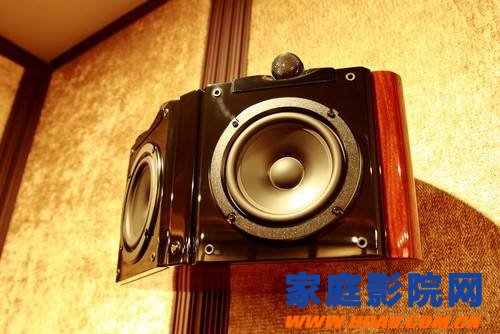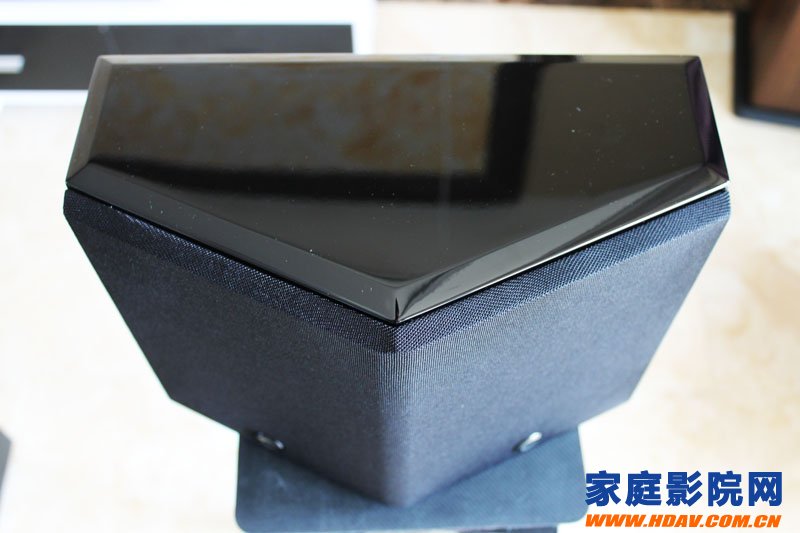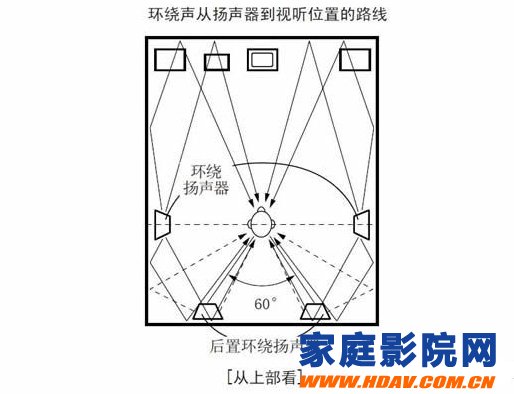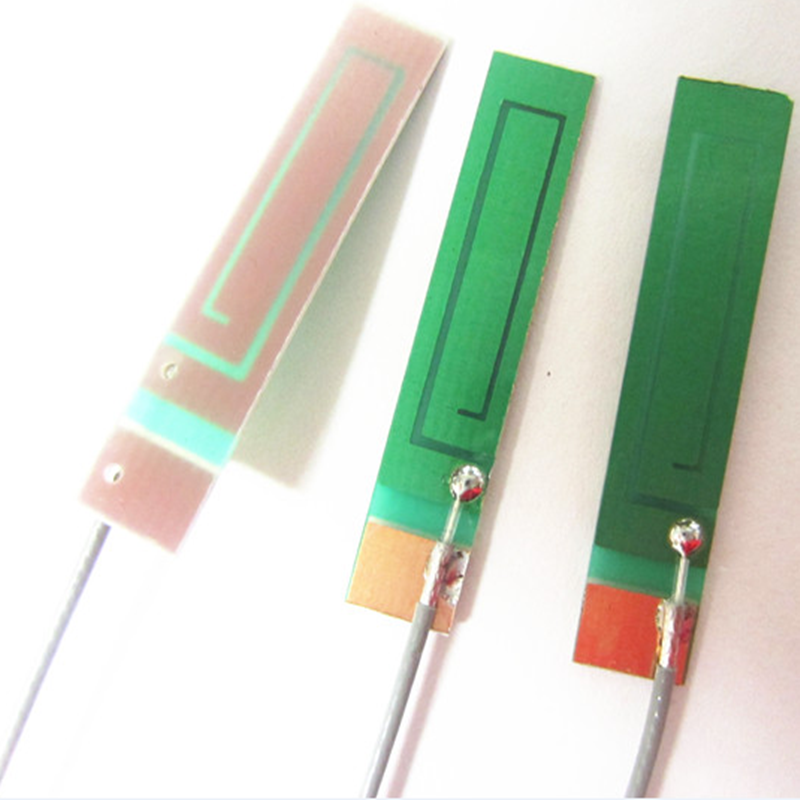[Home Theater Network HDAV.com.cn] The dipole speaker radiates sound waves both to the front and to the back. The sound waves radiated forward and the sound waves radiated backward are opposite in phase. When the diaphragm moves forward, it will be in front of the speaker. A positive sound pressure is generated, and a reverse sound pressure is generated when moving backward. Bipolar speakers are often equipped with array-type electric speakers in front of and behind the cabinet, and the forward and backward radiated sound waves are in phase. Therefore, the difference between a dipole speaker and a bipolar speaker is that the forward and backward radiation of the former are reversed, while the forward and backward radiation of the latter are in phase.

The home theater surround speakers have a high space requirement for the rear sound field. If the seat is too close to the rear, the surround sound effect will be greatly reduced. It is not as obvious as the ordinary surround speakers directly facing the ear effect. Dipole and bipolar speakers Mainly by the sound of the front and rear to create a sense of envelop, which is very demanding on the room.

Home theater surround speakers - dipole and bipolar speaker placement
The bipolar speaker has no special requirements for the placement of the speaker, whether it is close to the side wall or close to the back wall, or asymmetrical placement can achieve better sound reproduction. However, the THX standard recommends a dipole speaker that is suitable for use as a surround speaker. The requirements for the speaker are quite high. Therefore, the following will mainly introduce the placement of dipole speakers.
When placing a dipole speaker, the main consideration is that the impact of the rear wall of the speaker is much larger than that of a normal point source speaker (that is, a speaker that radiates sound waves only in one direction). However, the influence of the side wall is due to the fact that the speaker radiates little to the side wall without too much consideration. Usually, the dipole speaker is facing away from the wall that can be reflected on the side, and behind the speaker can be placed some objects that can scatter, so that the reflected energy can be dispersed. The sound-absorbing rear wall is inconsistent with the dipole speaker. Because there is a need for reflection, in order to get the reflected sound that you want to hear. If the back wall is flat and smooth and there is no surface that can scatter sound waves, the reflected energy will be combined with the direct sound, which will reduce the depth of the sound field. The bookshelves placed directly behind the dipole speakers can scatter the backward sound waves, and furniture or other irregularly shaped objects can do the same. In addition, the reflection of the side walls needs to be properly absorbed.

Although the radiation pattern of the dipole speaker is very narrow, the reflection of the side wall does not have to be as important as the ordinary point source speaker, especially in order to have better sound reproduction effect and intentionally make some inward for the dipole speaker. When tilted. Also, since the radiation pattern of the dipole speaker in the vertical plane is also narrow, there are few sound waves that are directed to the ceiling and the floor. In addition, the dipole sound should be placed in front of the ordinary point source speaker, because the dipole speaker placed near the wall cannot obtain a wide and deep sound field. If you want to use a pair of dipoles, you should leave enough room for the speakers in the listening room.
More fresh and fun home theater information, please pay attention to home theater network http:// (WeChat: cnhifi), the country's most influential home theater audio player interactive media website.
- The Description of PCB/FPC/Ceramic Antenna
Cellular /WiFi multi-band embedded flexible PCB antenna
It is equivalent to pulling out the antenna line on the PCB board and using other external metals to do the antenna. It is usually used in medium and low end mobile phones with complex frequency band and smart hardware products.
Advantages: suitable for almost all small electronic products, can do more than ten frequency band of complex antennas, good performance, low cost.
Disadvantages: need to be debugged separately for each product.
The Picture of PCB/FPC/Ceramic Antenna

pcb antenna,5g pcb antenna,lte pcb antenna,lte pcb antenna,2.4g pcb antenna
Yetnorson Antenna Co., Ltd. , https://www.xhlantenna.com
